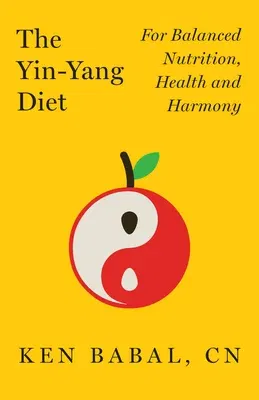The Yin-Yang Diet is a modern, scientific approach to balanced nutrition
based on the ancient Asian concept of Yin and Yang. Yin and Yang
describe how opposites or contrary forces are interconnected,
interdependent and complimentary. The book explains the Yin or Yang
nature of foods and nutrients and how they affect our constantly
changing body chemistry. A diet that is too extreme in either Yin or
Yang invites disease. A diet that is balanced in Yin and Yang creates
metabolic health and harmony.
On the furthest extreme of Yin are fruit, sugar and alcohol. Eggs, meat
and salt are on the furthest extreme of Yang. Nutrients can also be
classified as Yin or Yang. The most important mineral ratio is the
potassium to sodium ratio. To be healthy, we must strike a balance
between sodium (Yang) and potassium (Yin).
Protein (Yang) and fat (Yin) comprise the opposite poles of our "life
battery." The association of fat and protein represent the interaction
of Yin and Yang from which energy and life is created. A key element of
The Yin-Yang Diet is a protein-oil shake for regeneration of the body's
cells, tissues and organs.
The Yin-Yang Diet includes recommendations for adaptogenic tonic herbs.
Yin tonics help with the accumulation of energy and moisture and are
nourishing, moistening, cooling or anti-inflammatory. Conversely, Yang
tonics help us utilize energy. Yang herbs are activating, drying, warm
or hot. They are the sexual, athletic tonics, which stimulate
metabolism, build muscle, reduce body fat and strengthen bones and
joints.

